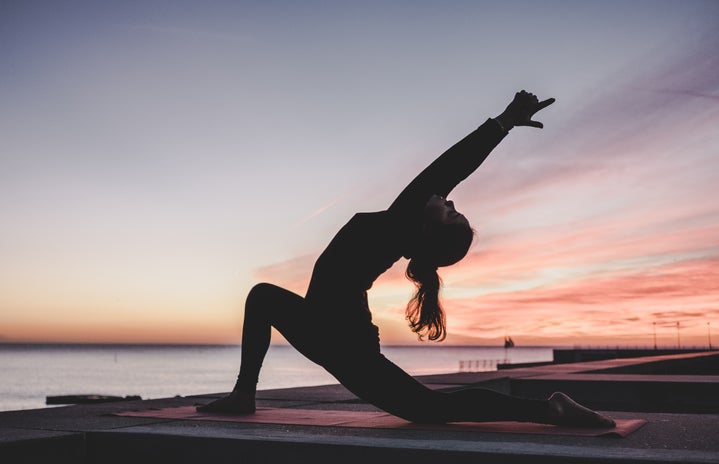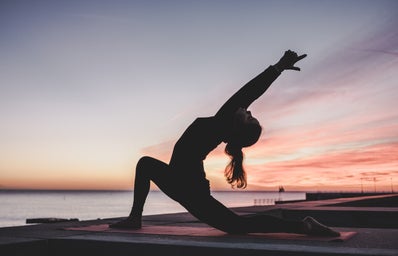If you’re looking for a workout that will boost your heart rate, improve your mood, and help you reach your fitness goals, running is often the first option that comes to mind. While getting outside and soaking in that vitamin D can be great, there are so many other alternatives to running when you’re just not feeling it. No matter your exercise goals, cardiovascular-focused workouts are good for your heart, your mind and your muscles.
Courtesy: Ivan Torres
Back to basics – why is cardio important?
Every woman is different. Some of us love cardio, some of us would rather be doing anything else! But looking at our health holistically, why is it so important to incorporate cardio exercises into our routines?
According to the American College of Sports Medicine, cardiovascular (aerobic) fitness is “the ability of your body to take in, transport and use oxygen while exercising,” and the “result of your heart, lungs, muscles and blood working together in concert while you exercise.” If you remember measuring your VO2 Max in your high school fitness class, this test basically establishes how efficient your body is at taking in oxygen through your lungs and pumping it through your heart and blood vessels to your muscles.
Similar to any other kind of workout, the more sustained cardiovascular exercise you do, the better you’ll get. Your heart becomes stronger and more efficient at pumping blood throughout your body because “the number and size of the capillaries that deliver oxygen to and take carbon dioxide from your muscles increases” (Livestrong.com). The more you do it, the less winded you’ll feel after a workout and your muscles will grow even stronger.
Brian Reynolds, a Certified Personal Trainer at Seriously Strong Training in Tallahassee, FL, says, “increasing your cardiovascular endurance can help you perform better in the weight room to get stronger and also to improve your heart health.” He notes that incorporating cardio into a weight-focused routine is a crucial component of overall fitness.
How much cardio do you need?
It depends. Reynolds advises that to see improvement in your cardiovascular health, you need a minimum of 2 days per week of intense training, or 3 days of moderate training for 30 minutes to 1 hour. However, “with intense cardio training, you can get away with less time per day but you should still aim to train as often as possible,” Reynolds says.
What are some moderate (LISS) cardio exercises?
LISS cardio workouts, Low-Intensity Steady State, range from getting on the elliptical or bike to walking at an incline on the treadmill. This gets your heart rate up in a healthy range to where you’re getting a great workout but not feeling totally exhausted. LISS should be performed for 30 minutes to an hour, 3 days per week, to see benefits.
What are some intense cardio exercises?
HIIT, High-Intensity Interval Training, workouts are great because they give you the biggest benefit for the least amount of time. “It allows you to be at a higher intensity,” says Reynolds, “and also build more muscle to increase your metabolism in the long run, meaning more calories burned.” He has his clients perform circuits using battle ropes, tires, and other functional training methods as an alternative to traditional cardio workouts.
So, does more cardio equal more fat burning?
Yes and no. “As far as burning fat,” says Reynolds, “it comes down to burning more calories than you’re eating. Cardio is a great tool to help you burn more calories but if you aren’t eating a healthy diet, you won’t see results.”


